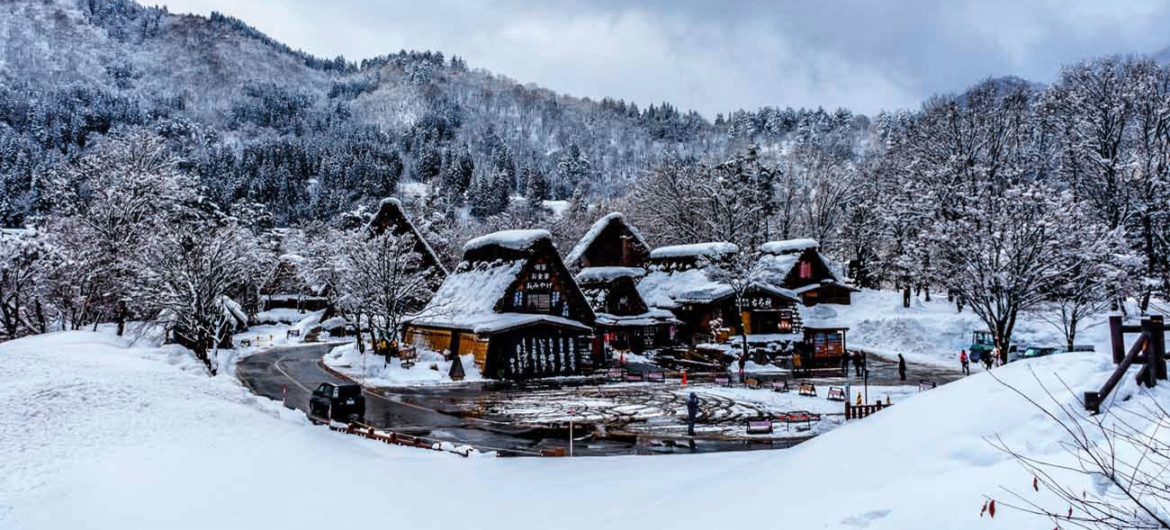They have for the most part accepted that the last spot in the U.S. in which people ought to purchase craftsmanship is Las Vegas. (Pace, Steve Wynn.) Unscrupulous vendors sneak, holding back to wool delirious whales, their pockets loaded down with rewards. (Can whales have pockets?) In truth, “cruise ship auctions” are really the last spot people ought to purchase workmanship, be that as it may, maybe for evident reasons, they are seaward.
Generally, obviously, resort urban areas make due by soothing travelers of their well deserved wages. New Orleans, Beverly Hills, Aspen, and the rest are known for overrated suppers, stunning lodgings, and taxi rides to no place, and back. For what reason should the craftsmanship showcases in those urban areas be any unique? All things considered, it really turns out that there is an approach to effectively go through their tests of endurance.
“Go where the locals go.”
That is the exhortation of Barb Preston, a specialist who has encountered the hotel workmanship universes of Beverly Hills and Aspen from the opposite side of the counter. (They currently runs a warning in the Aspen region, Collector’s Fine Art Appraisal administration.)
They clarifies that the workmanship showcases in such urban areas are bifurcated; one takes into account the shrewd occupants, and the other to the vacationers.
Preston begins by profiling the run of the mill exhibition which offers to Aspen’s Billionaire Mountain occupants, (and their minor mogul neighbors.) “It is the thing that I would call a blue-chip expert firm,” They says, “often founded by a dealer who transplanted to Colorado from another major art center. It offers, by way of example, Mid-20th C. New York School paintings, or Contemporary European prints, by artists with established secondary markets.”
For what reason would they sell NY or British works in Aspen, and not simply provincial workmanship? The appropriate response is that “the bulk of the collectors here are multi-property owners; most have homes, and buy art, in other parts of the U.S. or abroad. Their collections are cosmopolitan.” Intriguingly, this acts as a downward pressure on the prices these Aspen galleries can ask, and “the margins are thinner than you would expect”, they notes. These authorities can source practically identical things in the different urban areas in which they have habitations, so the Aspen displays need to remain aggressive with numerous different markets.
On the other hand, what Preston calls the “business exhibitions” flourish with the skiers who plummet on the city from Thanksgiving to Tax Day on bundle visits. A portion of the organizations are stations of chains which keep up existences in other traveler goals, e.g., Honolulu, New Orleans, Las Vegas, and so on., and, tragically, they don’t generally sell what they calls “craft of legitimacy.” They relates the accompanying case:
“One of these commercial firms opened up next to a blue-chip dealer who happened to only sell her own art. The firm had a factory operation in Mainland China, which was known for creating what might be called “derivative” paintings. They would take pre-existing images, change one or two elements, e.g., the placement of a tree, the color of a vase, and hand paint a work which 90% copied the original.A spurious, often illegible signature (not in Chinese) was then added to give it a patina of legitimacy. One day the dealer next door walked into the commercial gallery and found one of those 90% copies of one of her very own works hanging on the wall. She sued and subsequently learned that the firm’s affiliate in New Orleans had already been caught in a sting operation.”
The average Aspen visitor would have no clue that such works, which can cost $3,000-$5,000, are basically useless according to the standard craftsmanship world. “A large portion of those purchasers are not so much authorities”, they watches, “they are just buying engaging attempts to enrich their homes. They may never have the chance to come back to Aspen to go up against the display.”
Notwithstanding the abovedescribed trick, Preston has learned different stunts of the business exchange.
“Some firms will sell high-editioned prints, on the order of 250 and up, which often will have been pulled without the supervision of the artist. He or she may merely have signed them.”
“It is traditional to place a red dot sticker next to a work which has already been sold, but some of these galleries will place those dots next to unsold works, just to inspire FOMO.”
“Some galleries will pre-inflate the list price so as to build in the 10-30% discount which experienced collectors will frequently request right off the bat.”
All things considered, Preston finishes up, “if you are thinking of purchasing a work of art in a resort city, you need to know the gallery’s reputation, and you may well need to solicit the assistance of an independent advisor.”
Disclaimer: The views, suggestions, and opinions expressed here are the sole responsibility of the experts. No Watch Mirror journalist was involved in the writing and production of this article.





